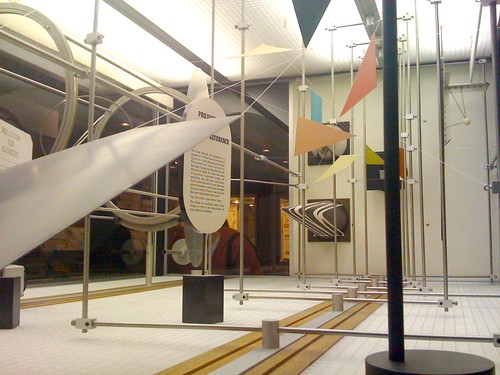Before Wolfram’s Mathematica There Was IBM’s “Mathematica”
From Wikipedia.org: “In March, 1961 a new science wing at the California Museum of Science and Industry in Los Angeles opened. IBM had been asked by the Museum to make a contribution; IBM in turn asked the famous California designer team of Charles Eames and his wife Ray Eames to come up with a good proposal. The result was that the Eames Office was commissioned by IBM to design an interactive exhibition called ‘Mathematica: a world of numbers...and beyond.’ This was the first of many exhibitions that would be designed by the Eames Office.”
This revelation was surprising to me as my mother made sure that my younger self was a permanent fixture at the California Museum of Science and Industry. It is frighteningly coherent to know that IBM was behind an exhibit that is deeply implanted in my childhood memory. I have spent most of my recognizable professional life as a computer programmer—with an interest in the arts in a manner perfected by the Eameses. I look forward to getting my finances to the level to easily afford Wolfram’s Mathematica (I’m a lowly Mathcad user) but I can remain grateful for seeing this Eames-designed exhibit free of charge during my formative years.


Comments
AG, 2009-03-21 11:54:03
Though Wolfram was considerably more 'open' than Matlab and MathCad, I never really grasped Mathematica. I suspect that if I ever take the time to learn the scripting attributes of Mathematica, I will realize the power of the application. Interesting to note that Mathematica and Matlab were the only pieces of software that ran natively on Sun Solaris. I believe both were ported to Linux some years later.
rasx(), 2009-03-21 16:03:23
My undergrad Calculus teachers---about two of them I can remember---used Mathematica on their Mac IIci computers (with incredibly filthy keyboards). It was liking having a rich-kid neighbor next door with all the video games: I would just sit there watching them play with the screen...